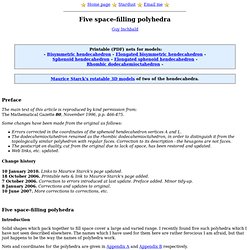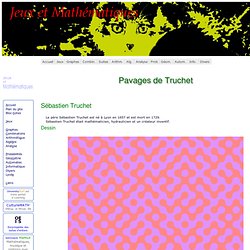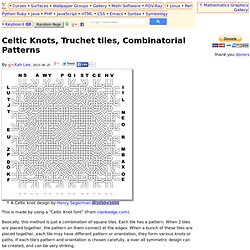

Arabic / Islamic geometry 01/3. A background to two-dimensional design – geometry and pattern A brief introduction to the history of Arabic or Islamic geometry is set out on the next page together with methods by which those geometries can be readily constructed using the traditional means of a straight edge and a pair of compasses.

These first four illustrations are of Islamic geometric patterns that have been executed on different materials, respectively silver, stone, leather and glazed mosaic, and are commonly considered representative of Islamic design. While not demonstrating the wide variety of geometric treatments to be found in Islamic or Arab geometries, they are here to introduce something of the design character and materials that were used in decoration. The patterns with which we are familiar are to be found within a variety of Islamic cultures, but are often considered to be common to areas of Arab conquest. Arabesque or cursive, calligraphic, and geometric or polygonal, Five Space-Filling Polyhedra.
Home page Stardust Email me Five space-filling polyhedra Guy Inchbald Preface The main text of this article is reproduced by kind permission from:The Mathematical Gazette 80, November 1996, p.p. 466-475.

Some changes have been made from the original as follows: Errors corrected in the coordinates of the sphenoid hendecahedron vertices A and L.The dodecahemioctahedron renamed as the rhombic dodecahemioctahedron, in order to distinguish it from the topologically similar polyhedron with regular faces. Change history 10 January 2010. Five space-filling polyhedra Introduction Solid shapes which pack together to fill space cover a large and varied range. Nets and coordinates for the polyhedra are given in Appendix A and Appendix B respectively. The bisymmetric hendecahedra. Pavages de Truchet. Sébastien Truchet Le père Sébastien Truchet est né à Lyon en 1657 et est mort en 1729.

Sébastien Truchet était mathématicien, hydraulicien et un créateur inventif. Dessin Utilisation En cliquant à l'intétieur du pavage, modifiez localement les motifs. Construction des pavages Algorithme de placement Les motifs carrés sont au nombre de 4. En les ordonnant et en les numérotant comme ci-dessus on observe que l'on peut accoler horizontalement ou verticalement deux briques si et seulement si leurs numéros ont des parités différentes : Corrects : et Incorrects : L'algorithme de placement est ensuite évident : Placer un premier carreau C à la ligne a et à la colonne b. Ce qui donne par exemple le code suivant qu'il suffit de transcrire dans un langage informatique : Pour changer un seul carreau C, il suffit de le remplacer par le carreau de motif C' = (C+2) mod. 4 (n mod. 2 est le reste dans la division de n par 2, sa valeur est 0 lorsque n est pair et 1 lorsque n est impair.
Compléments. Celtes : LE tutoriel - Celtic Knotwork : the ultimate tutorial. Celtic Knots, Truchet tiles, Combinatorial Patterns. This is made by using a “Celtic Knot font” (from clanbadge.com).

Basically, this method is just a combination of square tiles. Each tile has a pattern. When 2 tiles are placed together, the pattern on them connect at the edges. When a bunch of these tiles are placed together, each tile may have different pattern or orientation, they form various knots or paths. If each tile's pattern and orientation is chosen carefully, a over all symmetric design can be created, and can be very striking. Mandara - The World of Uniform Tessellations - The KnotPlot Site.